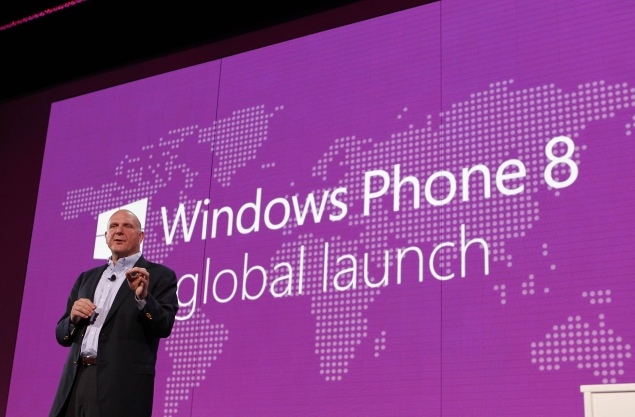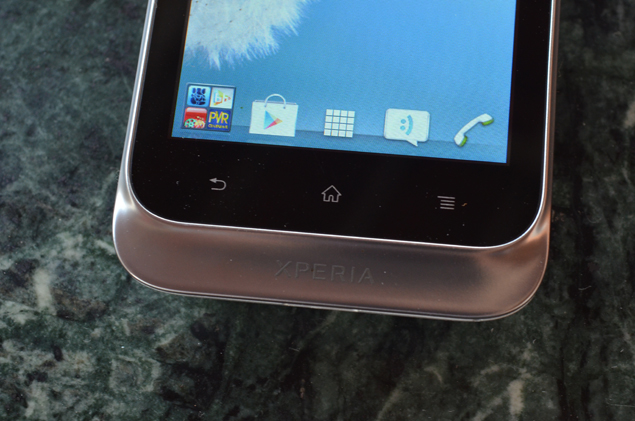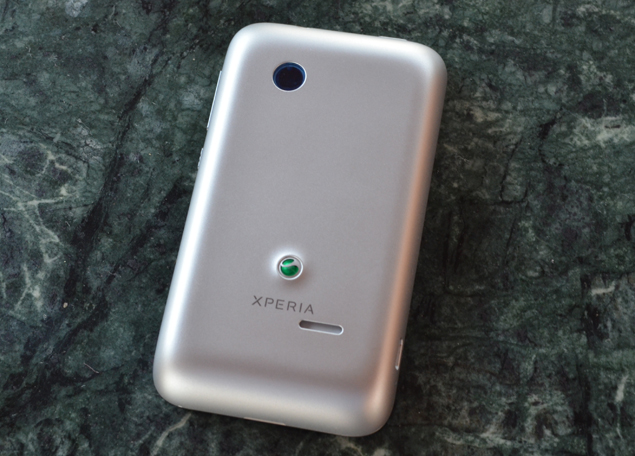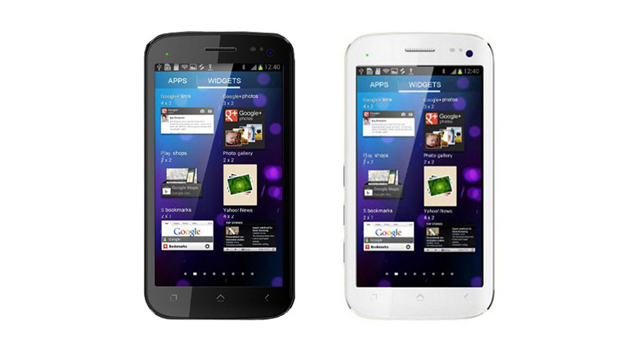 Microsoft bills Windows 8 as a "re-imagining" of the personal computer market's dominant operating system, but the company still has a lot of work to do before the makeover captures the imagination of most consumers, based on the results of a recent poll by The Associated Press and GfK.
Microsoft bills Windows 8 as a "re-imagining" of the personal computer market's dominant operating system, but the company still has a lot of work to do before the makeover captures the imagination of most consumers, based on the results of a recent poll by The Associated Press and GfK.
The phone survey of nearly 1,200 adults in the U.S. found 52 percent hadn't even heard of Windows 8 leading up to Friday's release of the redesigned software.
Among the people who knew something about the new operating system, 61 percent had little or no interest in buying a new laptop or desktop computer running on Windows 8, according to the poll. And only about a third of people who've heard about the new system believe it will be an improvement (35 percent).
Chris Dionne of Waterbury, Conn., falls into that camp. The 43-year-old engineer had already seen Windows 8 and it didn't persuade him to abandon or upgrade his Hewlett-Packard laptop running on Windows 7, the previous version of the operating system released in 2009.
"I am not real thrilled they are changing things around," Dionne said. "Windows 7 does everything I want it to. Where is the return on my investment to learn a new OS?"
Microsoft usually releases a new version of Windows every two or three years, but it's different this time around. Windows 8 is the most radical redesign of the operating system since 1995 and some analysts consider the software to be Microsoft's most important product since co-founder Bill Gates won the contract to build an operating system for IBM Corp.'s first personal computer in 1981. Microsoft is hoping the way Windows 8 looks and operates will appeal to the growing number of people embracing the convenience of smartphones and tablets.
The consumer ambivalence, however, was even more pronounced when it came to Microsoft's new tablet computer, Surface, which was built to show off Windows 8's versatility. Sixty-nine percent of the poll's respondents expressed little or no interest in buying a Surface, which Microsoft is hoping will siphon sales from Apple Inc.'s pioneering iPad and other popular tablets such as Amazon.com Inc.'s Kindle Fire and Google Inc.'s Nexus 7.
The results indicate Microsoft still has work to do to create a bigger buzz about Windows 8 and help consumers understand the new operating system's benefits, even though the company provided several previews of the software at various stages in the final 13 month leading to its release. But the information apparently resonated mostly with industry analysts, reporters, technology blogs and gadget geeks.
Microsoft is in the early stages of an estimated $1 billion marketing campaign that will include a siege of television commercials to promote Windows 8 to a wider audience.
That still might not be enough to sway longtime Windows users such as Mary Sweeten. She is 75, and not eager to learn the nuances of a new operating system. She, too, is comfortable with her current desktop computer running on Windows 7.
"I am not technologically savvy like all these young kids," said Sweeten, who lives in Camdenton, Mo. "I like something I am used to and can get around on without too much trouble. Sometimes when you get these new (systems), you wish you could go back to the old one."
Windows 8 represents Microsoft's attempt to adapt to a technological shift that is empowering more people to use smartphones and tablets to surf the Web and handle other simple computing tasks. The revamped system can be controlled by touching a device's display screen and greets users with a mosaic of tiles featuring an array of dynamic applications instead of the old start menu and desktop tiles. In an effort to protect its still-lucrative PC franchise, Microsoft designed Windows 8 so it can still be switched into a desktop mode that relies on a keyboard and mouse for commands.
Microsoft felt it had to gamble on a radical redesign to fend off the competitive threats posed by Apple, which has emerged as the world's most valuable company on the strength of its iPhone and iPad. Google Inc. is a threat, too. It has used its 4-year-old Android operating system to become an influential force in the mobile computing movement.
Despite the growing popularity of smartphones, Microsoft remains deeply entrenched in people's lives. The poll found 80 percent of respondents with personal computers in their homes relied on earlier versions of Windows versus only 12 percent that operating on Apple's Mac system.
Windows is even more widely used in offices, but 90 percent of companies relying on the operating system are expected hold off on switching to the new operating system through 2014, according to a study by the research firm Gartner Inc.
Jim Beske of West Fargo, N.D., won't be waiting long to install Windows 8 on the home computer he bought a year ago. He already has seen how Windows 8 works in his job as a network engineer, and he considers it to be a nice improvement.
"They have made it much simpler," Beske, 43, said. "I don't know about the tiling so much; that's something I think younger people will like more. But once people get in front of it, I think they will understand it."
Windows 8 also could appeal to consumers who still don't own a home computer. The AP-GfK survey found 22 percent of all adults fall into this category, including 30 percent with households whose incomes fall below $50,000 annually.
Beske is among a growing group who use both Microsoft and Apple products. Besides his Windows computer, he also loves his iPad.
Most survey respondents liked both Apple and Microsoft. Fifty-nine percent said they had favorable impressions of Apple versus 58 percent for Microsoft.
Tequila Cronk of Herington, Kan., is more of a Microsoft fan because she considers Apple's prices to be a "rip-off." At the same time, she can't justify buying a Windows 8 computer when her desktop and laptop computers at home are running fine on the earlier versions of the system.
"We will upgrade, but I am not going to rush out and buy a new computer just because it's got a different operating system," Cronk, 26, said.
Windows 8's release came at a perfect time for Hector Gonzalez of Kissimmee, Fla. He is so frustrated with the performance of his 3-year-old laptop running on Windows 7 that he is considering buying a MacBook laptop. But now he plans to check out the array of new Windows 8 laptops and may even consider buying a Surface tablet to supplement the iPad that he bought for his teenage daughters.
"Anything that is new, it's worth taking a look at," Gonzalez, 35, said. "That's the way technology is. There is always something new to replace everything else."























